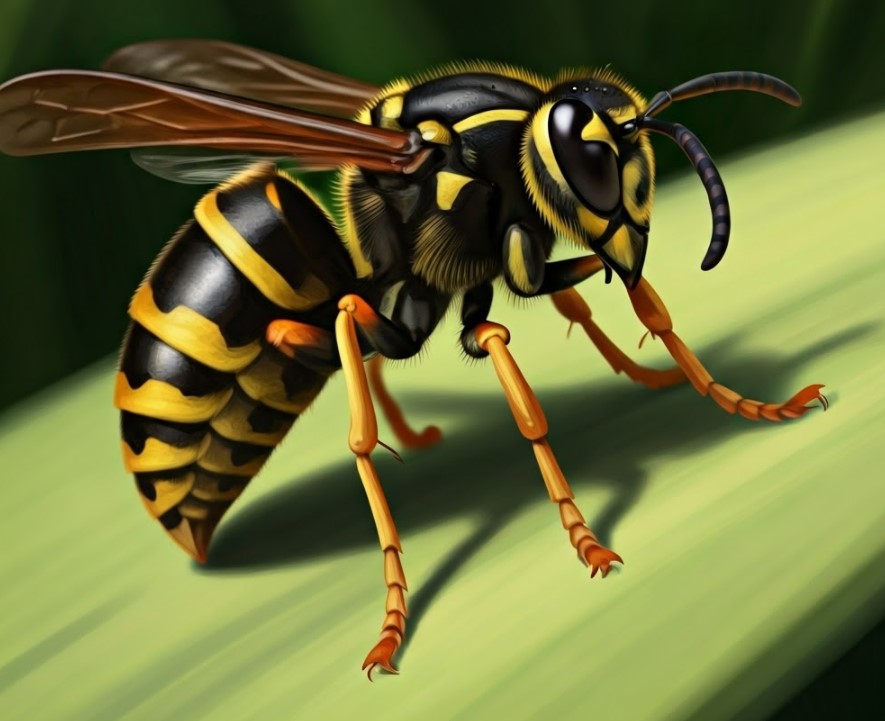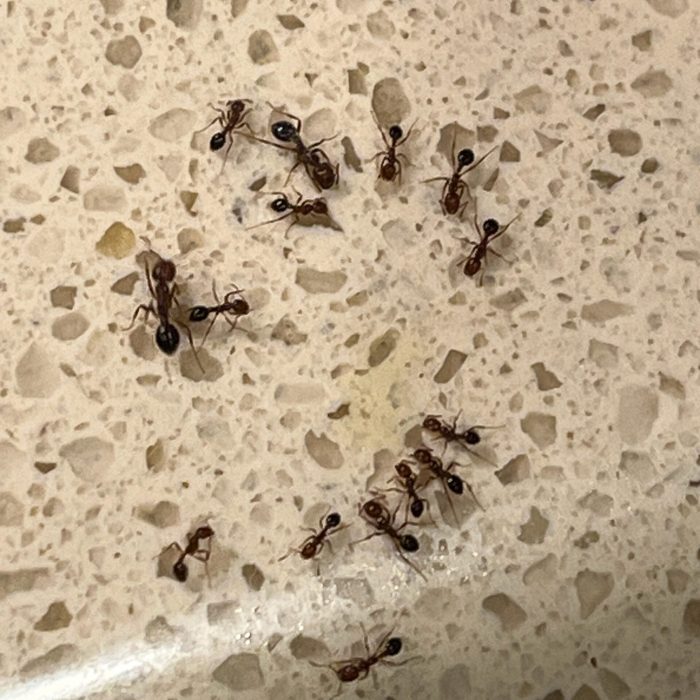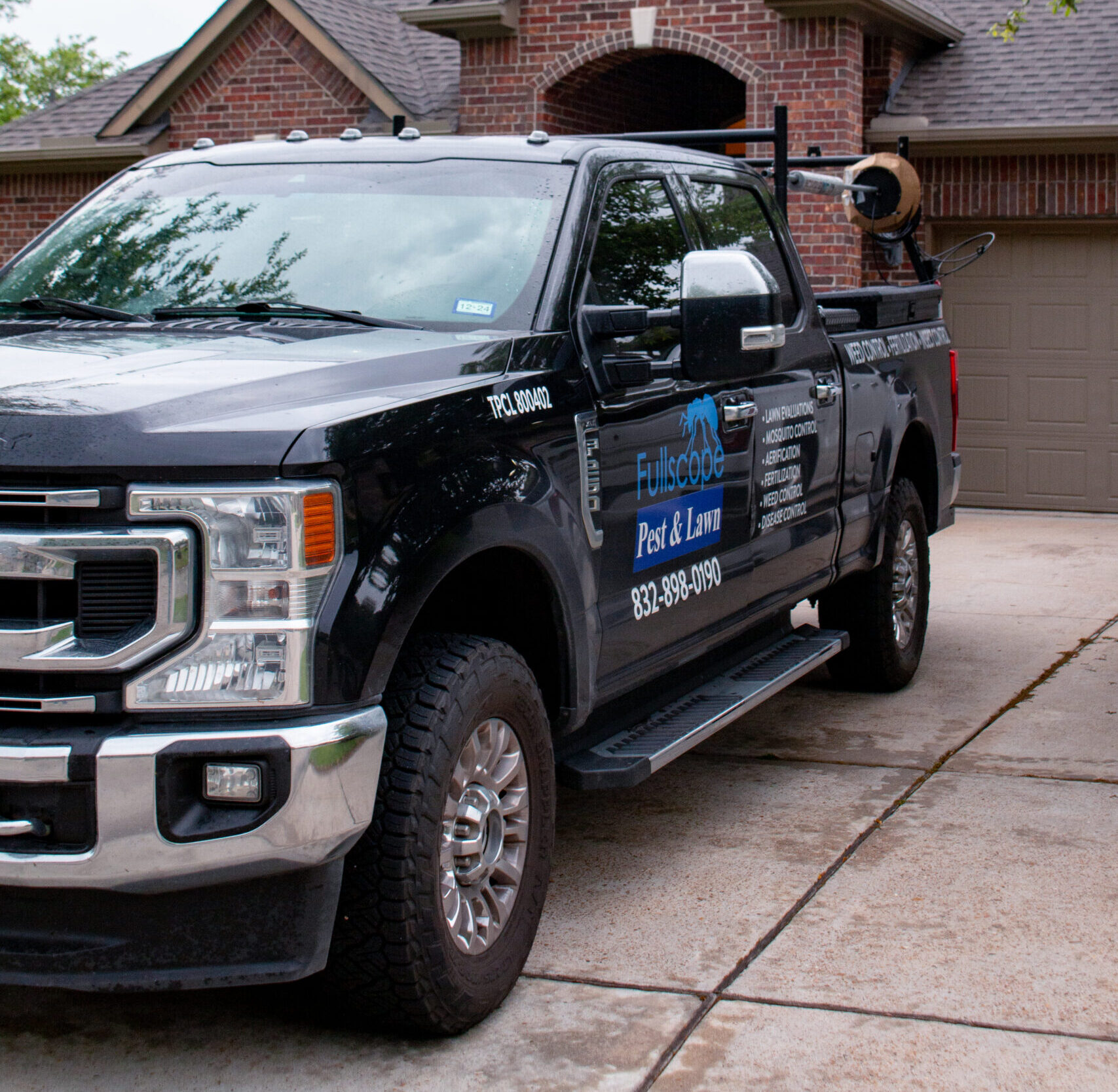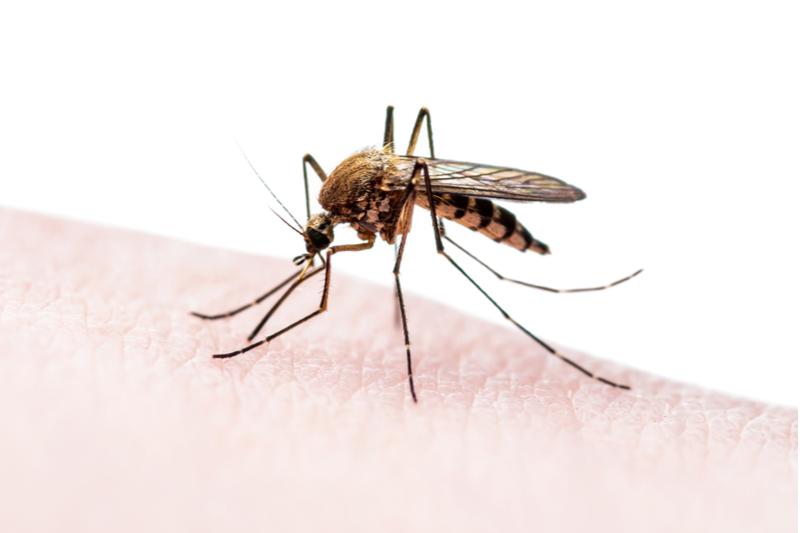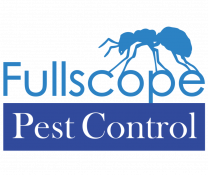Key Highlights
- Wasps, a common nuisance in Texas, can pose risks with their painful stings.
- Identifying the wasp species is crucial for effective extermination.
- Professional wasp exterminators possess the expertise and equipment for safe removal.
- Understanding wasp behavior, such as their attraction to sweet foods, aids in prevention.
- Implementing preventative measures like natural repellents and structural modifications helps deter wasps.
Introduction
Dealing with a wasp infestation can be an unnerving experience. Understanding the different types of wasps, their behavior, and the best ways to eliminate them is crucial for maintaining a safe and enjoyable outdoor environment. This comprehensive guide will provide you with valuable information about wasp species commonly found in Texas and effective strategies for wasp control. If you’re facing a wasp problem, it’s important to remember that professional wasp exterminators are equipped to handle these situations safely and efficiently.
Identifying and Eliminating Wasps: A Comprehensive Guide
Dealing with wasps goes beyond merely eradicating them. A multi-pronged approach involving accurate identification, understanding their behavioral patterns, and implementing safe removal techniques is necessary.
This comprehensive guide focuses on providing homeowners with practical knowledge and actionable steps to combat wasp infestations. We’ll cover everything from identifying common wasp species to employing preventive measures for long-term relief. Whether you’re dealing with a minor nuisance or a full-blown infestation, this guide will equip you with the necessary information to handle the situation confidently.
How to Spot Different Wasps Species in Texas
Texas, known for its diverse ecosystem, is home to numerous wasp species. Among the most common are paper wasps, yellow jackets, and mud daubers. Each type exhibits unique traits, making identification crucial for effective control.
Paper wasps, identifiable by their slender bodies and brownish color with yellow markings, are known for their paper-like nests, often found hanging from eaves or tree branches. Yellow Jackets, smaller and more aggressive, display a distinctive black and yellow pattern and typically nest underground. Mud daubers, easily recognized by their long, thread-like waists and fuzzy bodies, construct mud cells in secluded spots like sheds or garages.
Recognizing these distinctive characteristics aids in implementing targeted treatments, focusing on each species’ specific nesting and behavioral patterns. Knowing your enemy is the first step towards effective wasp control.
Decoding Wasp Behavior: What Attracts Them?
Understanding wasp behavior is paramount when confronting a wasp problem. These insects are highly active during warmer months, relentlessly searching for food, water, and nesting sites. One significant aspect of their behavior is their attraction to sweet foods.
As temperatures rise and food sources become abundant, wasp activity increases significantly. They are particularly drawn to sugary substances, like soda cans, making outdoor gatherings, picnics, and even uncovered trash cans susceptible to wasp visits. This attraction to sweet foods often brings them into conflict with humans, especially during late summer when their colonies are at their peak.
To mitigate potential wasp problems, it’s essential to be mindful of their dietary habits. Practice proper food storage, keeping sugary drinks covered, promptly cleaning up spills, and ensuring trash cans are tightly sealed. These preventative measures can significantly reduce wasp activity around your property.
Step-by-Step Process to Safely Get Rid of Wasps
Eradicating a wasp infestation involves a systematic approach that prioritizes safety and effectiveness. Before attempting any removal methods, carefully assess the situation, considering factors such as the wasp species, nest location, and the severity of the infestation.
Once you’ve adequately assessed the risks, you can explore different wasp control options, including DIY methods or professional extermination. Remember, dealing with wasps can be dangerous, and seeking professional help is always recommended, especially for large, established nests or individuals with allergies to stings.
Assessing the Situation: Types of Wasp Nests
The first step in tackling a wasp infestation involves identifying the type of wasp nest present. Different species exhibit unique nesting preferences and construction techniques, understanding these differences is crucial for appropriate action.
Paper wasps, as their name suggests, construct their nests from a papery material composed of chewed wood fibers mixed with saliva. These nests, shaped like inverted cones, are usually found hanging from tree branches, eaves of buildings, or under decks, housing dozens of wasps and their larvae. Mud daubers, on the other hand, prefer crafting solitary nests from mud. These nests, typically smaller and cylindrical, are often spotted in sheltered places like sheds, attics, or under porch ceilings.
Identifying the type of nest not only provides clues about the wasp species but also helps determine the appropriate removal method. For instance, while a small, solitary mud dauber nest might be manageable with DIY solutions, larger paper wasp nests often necessitate professional intervention.
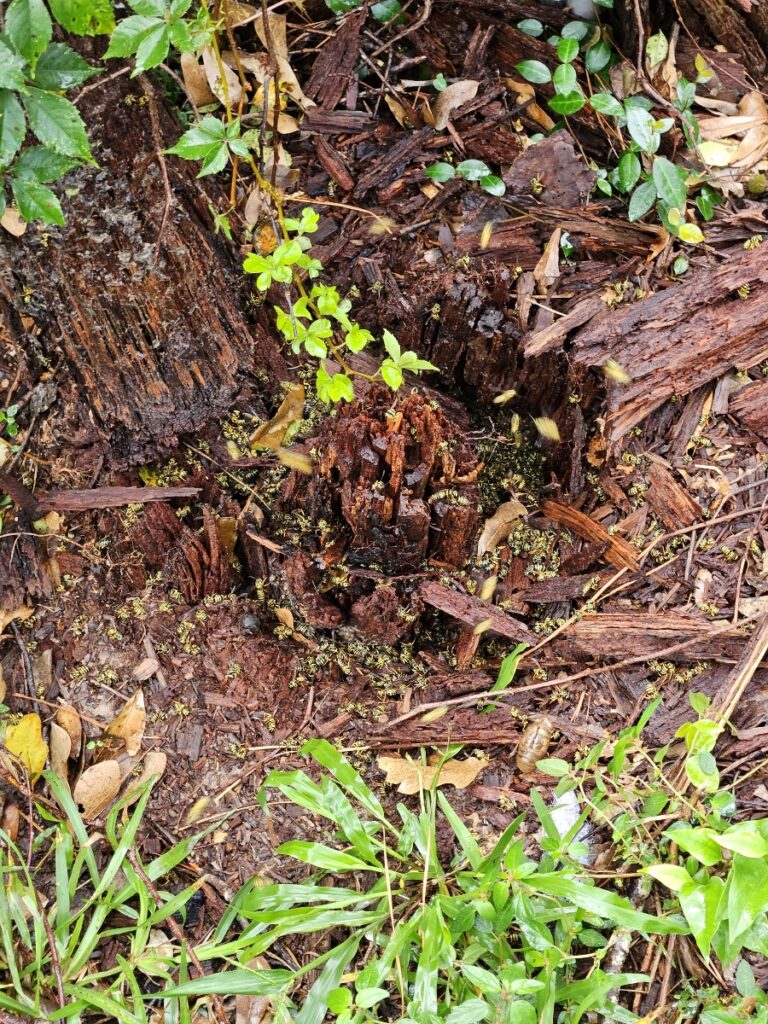
DIY vs. Professional Extermination Methods
When faced with a wasp infestation, choosing between DIY and professional extermination methods depends on several factors. While DIY solutions might seem appealing for their perceived cost-effectiveness, they often come with inherent risks and may not always offer a permanent solution.
Professional wasp exterminators, equipped with the expertise, protective gear, and specialized tools, ensure safe and efficient nest removal. They can also accurately identify the type of wasp, assess the severity of the infestation, and employ the most effective treatment targeted treatments for lasting results. Many pest control companies offer a free consultation, allowing homeowners to discuss their concerns and understand the available options before making an informed decision.
Weighing the pros and cons of each approach is crucial. For minor infestations or easily accessible nests, DIY methods might suffice. However, for large, well-established colonies, nests located in precarious areas, or if dealing with allergy concerns, opting for professional wasp control services is always the safer and more effective solution, especially when considering the importance of native bees in pollination.
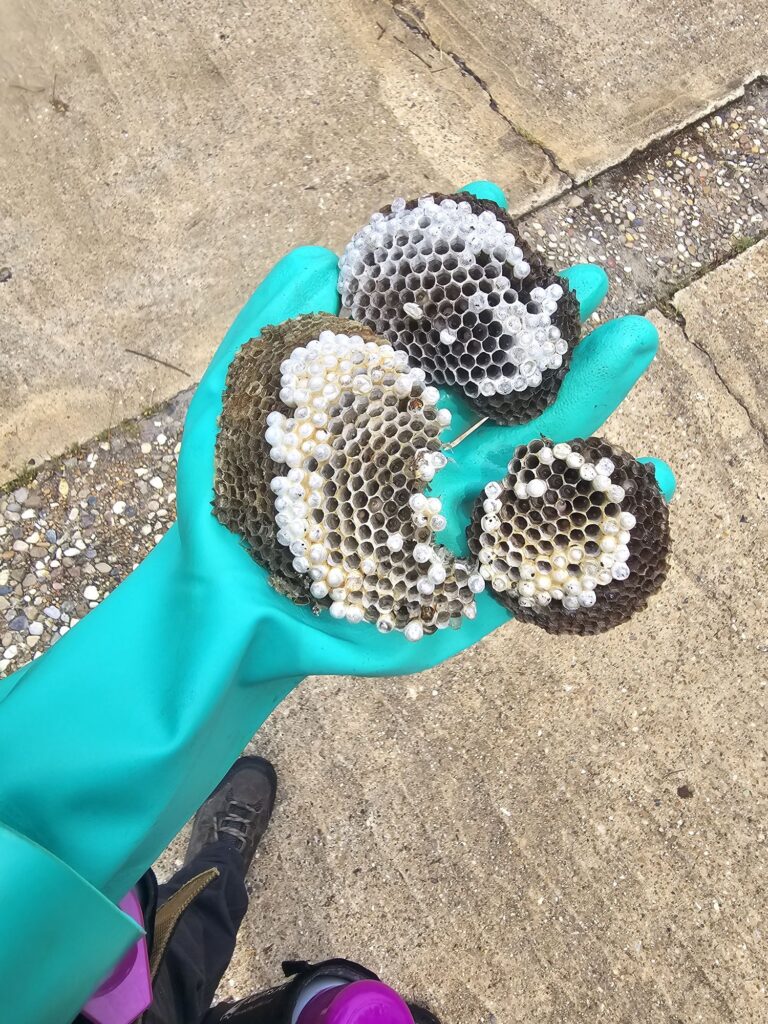
Essential Safety Tips for Handling Wasps
Tackling a wasp nest without proper precautions can lead to painful, and sometimes dangerous, consequences. These stinging insects will aggressively defend their homes, making safety paramount, even when dealing with seemingly small nests.
First and foremost, never attempt bee removal or wasp nest removal without the right safety equipment. Always wear protective clothing, including thick gloves, long sleeves, pants, and a beekeeper’s veil to shield your face and neck. Approaching a nest during the day, when wasps are most active, increases the risk of being stung. Early morning or late evening, when wasps are less active, are safer times for any removal attempts.
Remember, wasp stings can be painful and, in some cases, trigger severe allergic reactions. It’s essential to have a plan in place, including access to antihistamines and knowing the symptoms of a serious sting, such as difficulty breathing, swelling of the face or throat, and dizziness.
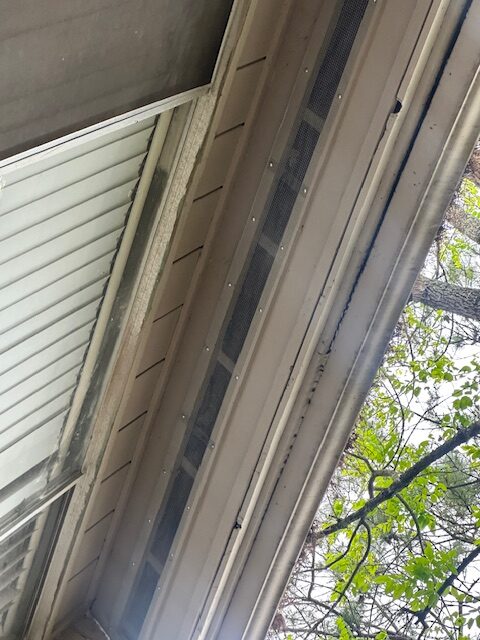
Preventive Measures to Keep Wasps at Bay
Preventing wasp infestations involves a two-pronged approach: deterring wasps from nesting around your property and eliminating factors that attract them. Utilizing natural repellents in conjunction with structural modifications can significantly reduce the likelihood of encountering these stinging pests.
Maintaining a clean and less-inviting outdoor space is crucial for minimizing wasp encounters. By diligently following these preventative measures, you create a less hospitable environment for wasps, encouraging them to set up camp elsewhere, leaving you to enjoy your outdoor spaces without the unwanted buzzing of these stinging insects.
Natural Repellents and Their Effectiveness
Incorporating natural repellents into your wasp prevention tips offers an eco-friendly approach to deterring these stinging insects. Utilizing plants known to repel wasps, such as mint, eucalyptus, and citronella, creates a natural barrier, discouraging them from establishing nests around your property.
These plants emit strong scents that wasps find unpleasant, making your yard less attractive for nesting and foraging. Essential oils derived from these plants can be equally effective. A few drops of peppermint, clove, or lemongrass oil mixed with water and sprayed around potential nesting areas help keep wasps at bay.
Natural repellents offer a safe and sustainable alternative to harsh chemical insecticides, providing a protective shield for your family and pets while minimizing the impact on the environment.
Structural Modifications to Deter Wasps
While natural repellents offer a proactive approach to wasp prevention, sometimes structural modifications are necessary to deter these persistent pests from establishing nests around your property. Implementing a few key modifications can significantly contribute to long-term pest management, minimizing the need for frequent wasp nest removal.
Start by sealing any cracks or gaps around windows, doors, eaves, and siding using caulk or weather stripping. These small openings serve as potential entry points for wasps seeking shelter and nesting sites. Regularly inspect sheds, garages, and other outbuildings for signs of wasp activity, sealing any openings promptly.
Additionally, consider installing fine mesh screens over vents and other openings, preventing wasps from gaining access to wall voids or attics. These seemingly minor structural modifications can significantly fortify your home’s defenses against wasp infestations.
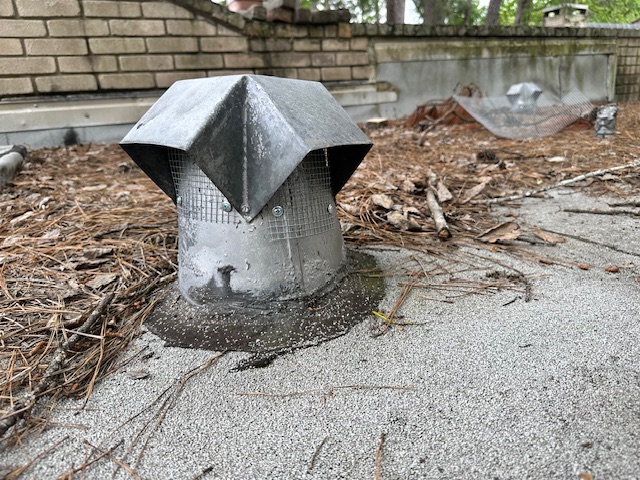
When to Call a Professional Wasp Exterminator
While DIY methods might suffice for small, manageable wasp nests, certain situations warrant the expertise of a professional wasp exterminator. If you’ve identified a large nest, particularly one located in a hard-to-reach or hazardous area, seeking professional help is essential.
Additionally, if you or someone in your household has known allergies to insect stings, it’s crucial to prioritize safety and contact a qualified pest control professional so you have one less thing to worry about. Attempting to handle such situations independently can be dangerous and potentially life-threatening. Leave it to the experts who have the experience, equipment, and knowledge to address the infestation safely and effectively.
Signs of Severe Wasp Infestation
Recognizing the signs of a wasp infestation early on is crucial for effective control, as ignoring the problem can quickly escalate into a more significant and potentially dangerous situation. While an occasional wasp sighting might not necessarily spell trouble, certain indicators suggest a more severe issue.
One of the most obvious signs of a wasp infestation is heightened wasp activity around your property. Noticing a large number of wasps entering and exiting a particular area, such as a hole in the ground, a crack in a wall, or an opening in a tree, could indicate a well-established nest within. Another warning sign is seeing multiple wasps around food sources, especially during outdoor meals or gatherings. These are among the most common signs of establishing a food source. Their persistent buzzing and attempts to land on sweet substances signify a keen interest in establishing a food source nearby.
If you observe discarded wasp wings or dead wasps near potential entry points, it indicates that other pests like birds or spiders might be preying on them, suggesting a substantial wasp population nearby. These accumulated signs necessitate immediate action to address the wasp problem effectively.

Evaluating the Cost and Benefits of Professional Extermination
While some homeowners might hesitate to call a wasp exterminator due to cost concerns, it’s essential to evaluate the cost benefits of professional pest control in the long run, especially when considering the point of wasps. Consider the potential risks and costs associated with DIY wasp removal, such as multiple trips to the store for supplies, the possibility of an incomplete extermination, and the risk of painful stings and potential allergic reactions.
Professional wasp exterminators possess the expertise, experience, and specialized tools to accurately assess the situation, locate and eliminate the nest effectively, and offer advice on preventing future infestations, providing lasting peace of mind. Additionally, their use of commercial-grade insecticides often yields quicker and more comprehensive results compared to readily available consumer-grade products.
While professional wasp extermination involves an upfront cost, it often proves more cost-effective in the long run. It eliminates the need for repeat treatments, minimizes the risk of stings and potential medical expenses, and saves you valuable time and effort, making it a worthwhile investment for safeguarding your home and family against these persistent pests.
Common Questions About Wasps in Texas
Texans often have numerous questions about the wasps inhabiting their state, driven by concerns ranging from identification to potential health risks. It’s crucial to address these questions, providing clarity and dispelling common myths surrounding these often misunderstood insects.
One recurring concern is identifying the most aggressive types of wasps in Texas. Another frequently asked question revolves around the seasonal patterns of wasp activity, seeking to understand when these stinging insects pose the most significant threat. By addressing such questions, Texans can equip themselves with the knowledge to proactively coexist with wasps, minimizing potential conflicts and safeguarding their well-being.
Wasp Extermination: A Comprehensive Guide
Identifying the Most Aggressive Wasp Species
Among the diverse wasp species inhabiting Texas, a few stand out for their assertive demeanor and propensity to sting, often perceived as aggressive behavior. Understanding which species exhibit heightened aggression is crucial for cautious interaction and implementing appropriate wasp control measures.
Yellow jackets, notorious for their short tempers and painful stings, top the list of aggressive wasp species. These ground-nesting wasps fiercely defend their colonies and represent various species, often attacking in large numbers. Another aggressive species, paper wasps, known for their distinctive umbrella-shaped nests, display territorial behavior, readily stinging when they perceive a threat to their nest or foraging areas.
Identifying these aggressive species involves noting their characteristics and nesting habits. Yellow jackets, sporting a vibrant black and yellow pattern, often build their nests underground, while paper wasps, typically brownish with yellow markings, construct aerial nests in sheltered locations. This identification process can be considered a general term for recognizing these distinct features, which allows for informed decisions when encountering these stinging insects, prioritizing safety and minimizing the risk of wasp sting incidents.
Seasonal Patterns of Wasp Activity in Texas
Understanding the seasonal patterns of wasp activity in Texas is crucial for anticipating and mitigating potential encounters with these stinging insects. The warm, humid climate provides an ideal environment for wasps to thrive, with their activity peaking during specific times of the year.
Spring marks the beginning of wasp season in Texas, as queens emerge from hibernation, seeking suitable nesting sites and initiating colony establishment. As temperatures rise in summer, wasp activity intensifies. Workers tirelessly forage for food and expand the nests, leading to increased encounters with humans, especially around food sources and outdoor areas.
Recommended Read: Are Wasps and Hornets Common In The Fall?
Late summer and early fall mark the peak of wasp populations and, consequently, the highest risk of stings. During this time, colonies reach their maximum size, and wasps become more defensive as they prepare for winter. By recognizing these seasonal patterns, Texans can adjust their outdoor activities and implement preventive measures, minimizing the likelihood of unpleasant encounters with these stinging insects.
Conclusion
In conclusion, understanding the behavior and types of wasps is vital for effective extermination. By following safety precautions and assessing the situation correctly, you can choose between DIY methods and professional extermination. Implementing preventive measures and knowing when to seek professional help are key in keeping your space wasp-free. Remember, early intervention is crucial to prevent severe infestations. If you’re unsure about handling wasps, always prioritize safety and consider professional assistance for a thorough and safe extermination process. Stay informed and proactive to keep your surroundings free from unwanted wasp visitors.
Frequently Asked Questions
Can wasps return to a previously treated area?
While wasp control measures effectively eliminate existing nests, wasps can return to previously treated areas, especially if attractive nesting sites remain. However, the residual effect of insecticides can deter wasp activity and reduce the likelihood of a recurring wasp problem for a period.
Are there any eco-friendly methods to get rid of wasps?
Yes, eco-friendly methods for wasp control include using natural repellents like peppermint oil, soap and water solutions, or attracting beneficial predators like birds to your yard. These methods minimize environmental impact while effectively managing wasp populations.
How long does a professional wasp extermination process take?
The time frame for a professional wasp extermination process varies depending on factors like nest size and location. However, most treatments take less than a day, with effective treatment immediately reducing wasp activity.
What should I do if I find a wasp nest near my home?
If you discover a wasp nest near your home, avoid disturbing it and maintain a safe distance. Contact a pest control professional immediately for safe and effective removal. They will have the necessary safety tips and expertise to handle the situation.
Is it safe to remove a wasp nest without professional help?
Wasp nest removal involves significant risk factors, and attempting it without professional help is strongly discouraged. Wasps can become highly aggressive when disturbed, posing serious safety concerns. It’s always best to seek expert advice and assistance from a qualified pest control service.

